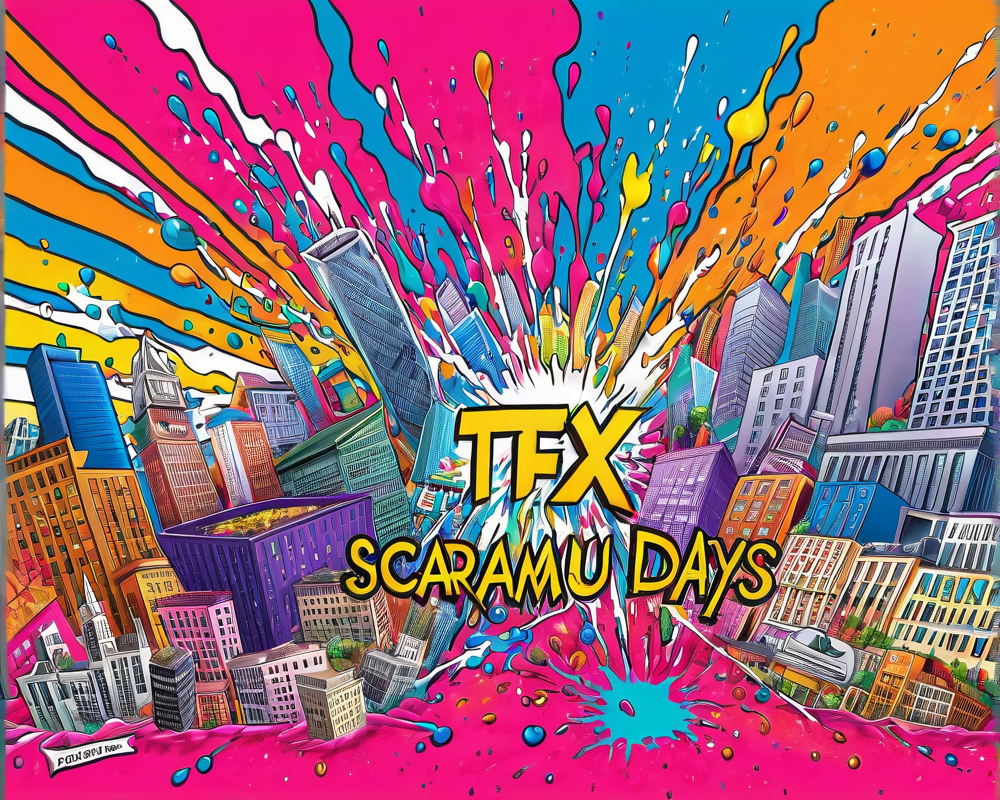Turning the Regulatory Tide
In a surprising twist that’s likely to make even seasoned crypto veterans raise an eyebrow or two, Binance, the behemoth of cryptocurrency exchanges, has decided to play nice with regulators. CEO Changpeng Zhao, in a candid chat with Bloomberg News, revealed how adopting a compliance-friendly demeanor has surprisingly boosted user retention—even in the face of mandatory Know Your Customer (KYC) measures.
Now, don’t get it twisted—mandating KYC processes isn’t exactly the equivalent of giving out free ice cream. In fact, Binance experienced a minor hit, losing about 3% of its user base post-policy implementation. But the thinking here is that staying within the legal lines could open the floodgates for new users flocking to a regulatory-compliant marketplace.
KYC: The New Normal for Crypto
KYC isn’t just a buzzword tossed around in regulatory meetings; it’s the lifeblood for many exchanges and financial institutions. By requesting real-world identification, businesses ensure they know exactly who they’re dealing with. Binance made headlines when it announced that starting August 20, KYC would be a prerequisite for accessing their entire suite of products—from deposits to trades and withdrawals.
Why Compliance Matters
“We feel that being compliant will allow more users to utilize our platform,” Zhao stated, emphasizing that a large number of users prefer trusting licensed exchanges. This sentiment underscores a broader industry trend where safety and compliance are increasingly demanded by users, possibly a reflection of the market’s evolution. “Most people feel more comfortable using a licensed exchange.”
From Decentralization to Centralization: A Strategic Pivot
For years, Binance marketed itself based on its decentralized ethos, proudly showcasing its lack of a physical headquarters. However, Zhao shifted gears in a significant July announcement, declaring, “We want to be licensed everywhere. From now on, we’re going to be a financial institution.”
This change in strategy indicates a thoughtful embrace of structured regulation, as Binance sets its sights on establishing regional headquarters—including recent efforts to launch three subsidiaries in Ireland. “Initially, we wanted to embrace decentralization, no headquarters, work globally, no borders,” noted Zhao. “Now it’s clear you need a centralized, legal entity structure.”
Breaking Down Regulatory Barriers
Despite initial skepticism from regulators, Zhao highlighted how ongoing communication is nurturing a more positive relationship. “When regulators meet me in person, they often say, ‘Hey, CZ is very reasonable, very calm, not a crazy guy,’” he added. Building trust face-to-face seems like a solid strategy, proving that sometimes, the best PR comes from good ol’ human interaction.
Conclusion: Compliance as a Catalyst for Growth
In a landscape often painted with skepticism, Binance’s newfound approach could serve as a model for the future of crypto exchanges. Embracing regulation and compliance might not come with flashy headlines, but as Zhao aptly pointed out, it lays the groundwork for user comfort and safety. Who knows, becoming a compliant crypto exchange might not just be about following laws—it could be the ace up the sleeve in the battle for market dominance.




